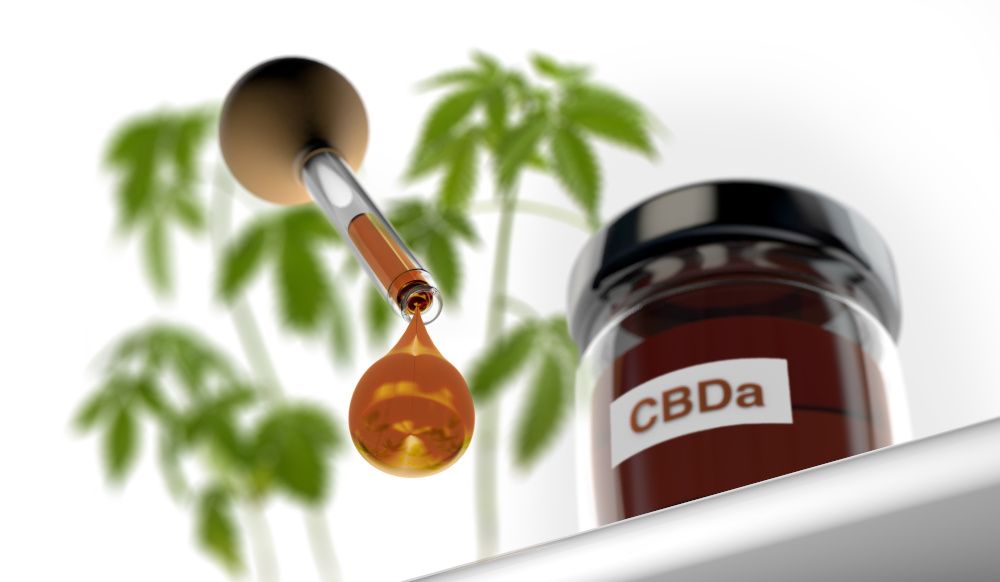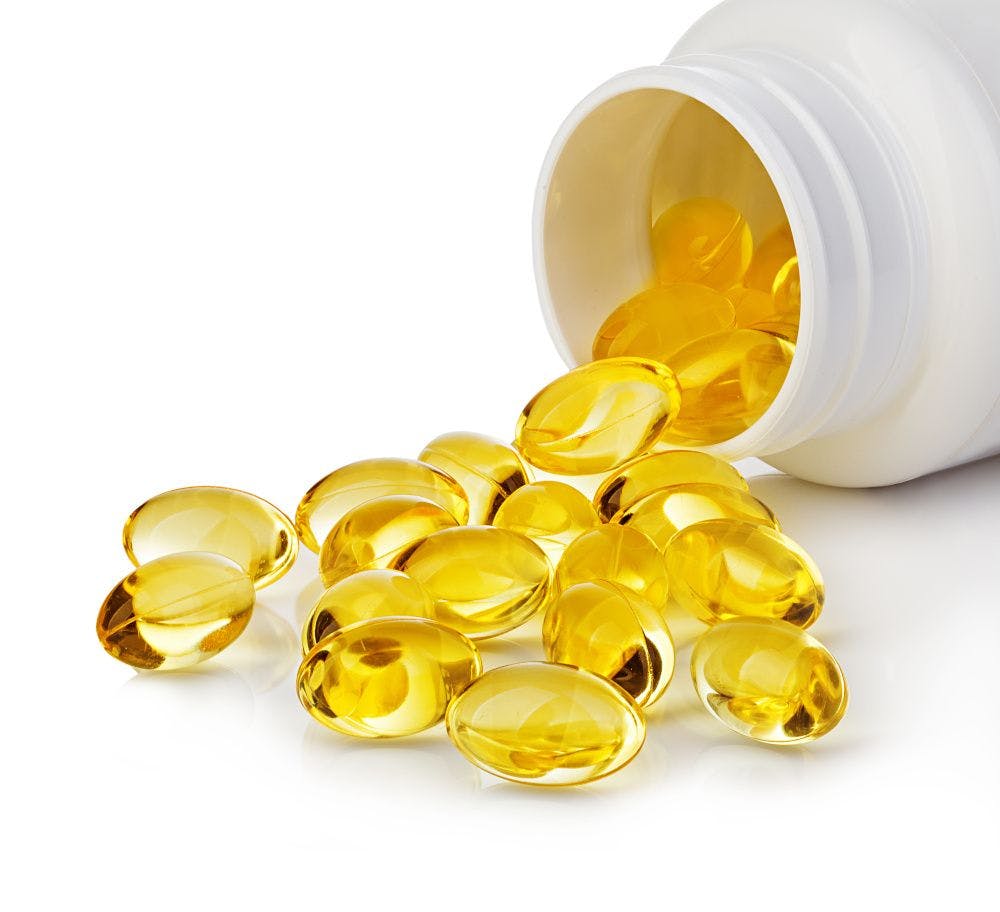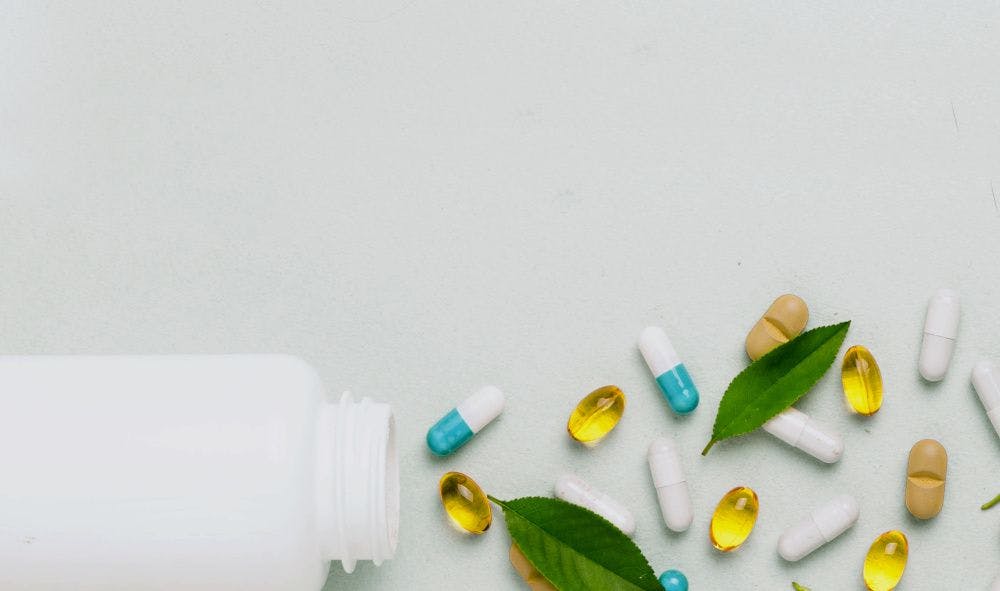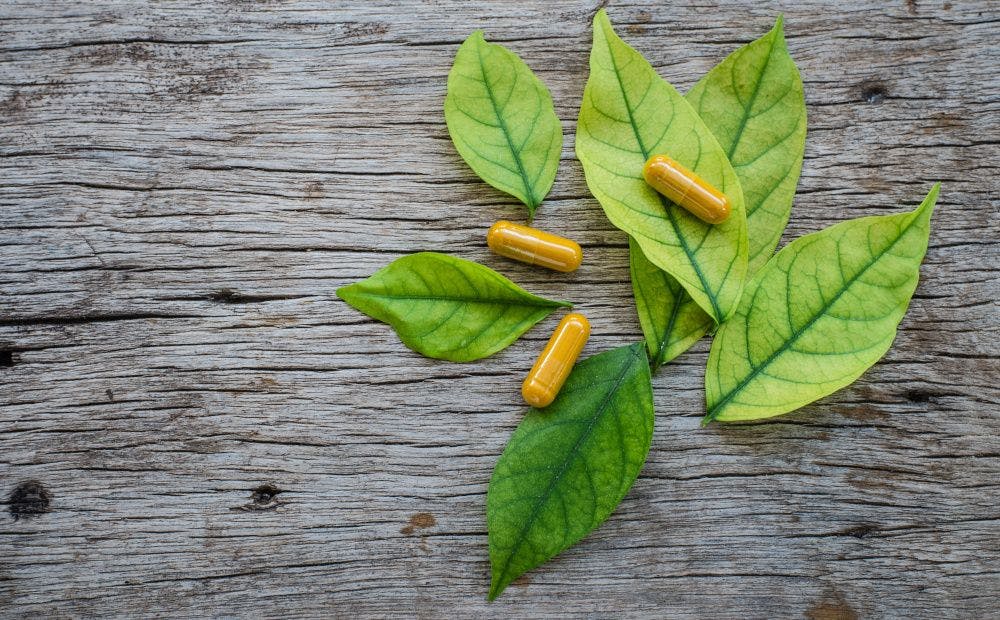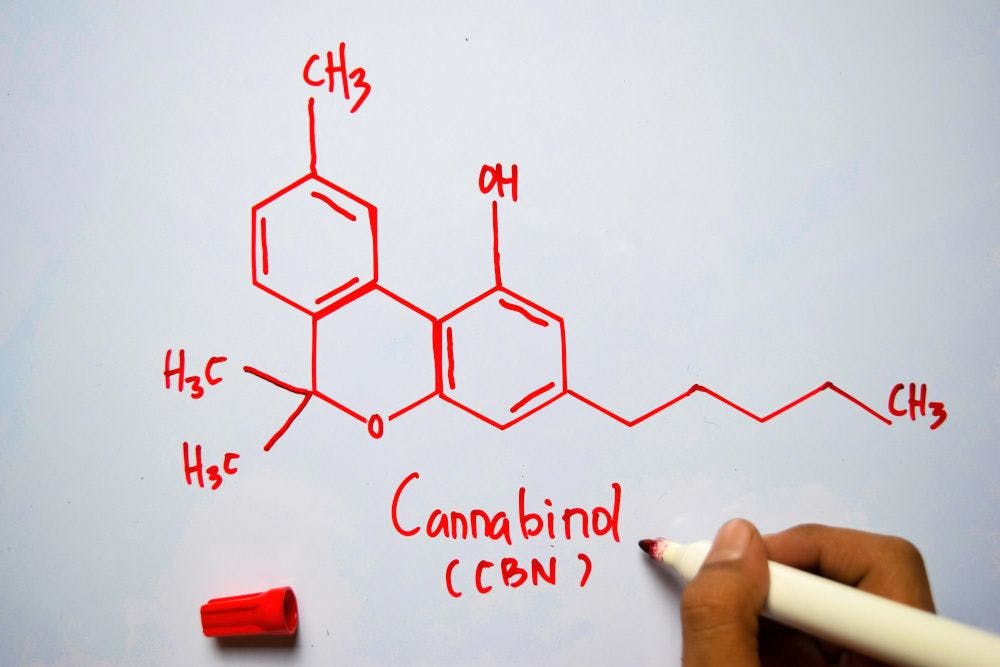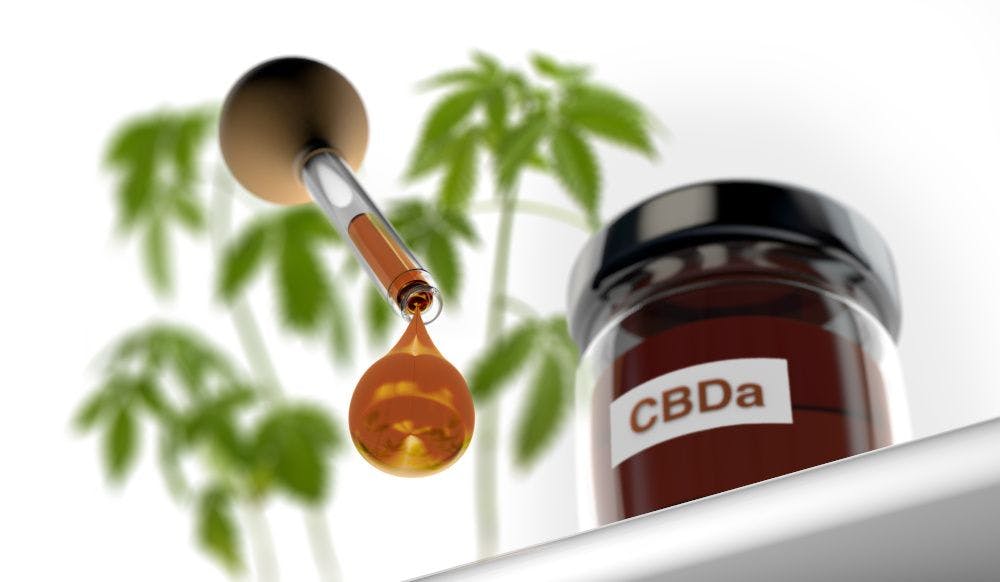Joining the entourage: Is CBDA a hot prospect, or just too unstable to succeed?
Research indicates that CBDA largely produces biological effects similar to CBD’s. But does it have market potential like CBD?
It’s a sure sign of cannabis’s progressively mainstream status that the phrase “entourage effect” is less likely to call to mind a long-running cable-television series these days than it is to suggest the cumulative actions of this complex plant’s many equally complex compounds.
For as Joseph Dowling, CEO of CV Sciences (San Diego, CA), points out, “In nature, the constituents of these plants assemble themselves for pragmatic reasons—and that assembly translates into the entourage effect in humans.”
And just as this entourage effect can generate powerful results in us, it’s generating results in the halls of science, too, where researchers are elucidating the roles that cannabinoids beyond the main attractions—namely, cannabidiol (CBD) and tetrahydrocannabinol (THC)—play in the ensemble.
One of those cannabinoids is cannabidiolic acid, or CBDA—a compound with what Mark Ratner, MD, chief science officer, Theralogix LLC (Rockville, MD), calls “great potential.” That said, CBDA’s potential remains “at an early stage,” he continues. “Questions of finished-product stability must be answered, and further human research should be undertaken.”
COVID Connection
Research on CBDA grabbed the spotlight earlier this year when an in vitro study1 conducted at Oregon State University showed that it, plus its fellow cannabinoid cannabigerolic acid (CBGA), blocked entry into cells of SARS-CoV-2, the virus that causes COVID-19, by binding to its spike protein.
Despite involving human epithelial cells rather than actual humans, the study generated “healthy visibility” for CBDA, notes Dowling, and “many in the industry took the research and ran with it for marketing purposes.”
While one could argue that their response was premature, “A positive result like what the Oregon State researchers achieved is very encouraging,” Dowling concedes. “Over the next decade or two, we should see many more breakthroughs.”
Research Renaissance
Such breakthroughs herald an enlightenment era for cannabinoid science that Dowling and others feel is long overdue.
“The cannabis plant has been under prohibition for more than 90 years, which has completely impeded serious research and delayed our understanding of this very bioactive plant,” he declares. “I don’t want to overstate the early science, but these results build on the growing body of evidence indicating the potential health benefits of hemp-derived extracts—including CBDA.”
CBD’s Parent
Already, studies suggest that we absorb CBDA better than we do CBD when administered orally, Ratner notes. “Also,” he says, “CBDA may be more effective than CBD in reducing anxiety. And due to its structural similarity to NSAIDs, CBDA may have stronger anti-inflammatory properties.”
But by and large, research indicates that CBDA largely produces biological effects similar to CBD’s, which makes sense given that CBDA is the precursor to CBD.
As Ratner explains, exposure to sunlight and heat decarboxylates CBDA, converting this acid form of CBD into CBD itself. And it doesn’t take much to get the reaction going, either. “In fact,” Ratner says, “CBDA is so unstable that it converts to CBD even when cannabis is left out at room temperature.”
Tough Subject
Alas, that lability makes CBDA a tricky research subject—a challenge manifest in the fact that ClinicalTrials.gov shows hundreds of ongoing studies involving CBD “but none currently being done with CBDA,” Ratner says.
What’s more, CBDA’s instability renders it difficult to capture and preserve in finished products. “Unless kept under extremely careful conditions,” Ratner explains, “it tends to convert to CBD. And when cannabis containing CBDA is smoked or vaped, any CBDA converts completely to CBD.”
Unstable Future?
The upshot: “There’s considerable doubt as to whether or not oral CBDA formulations would remain stable,” Ratner concludes. And while investigators are making progress producing CBDA in stable ingredient form, he adds, “there’s not yet any commercial production that’s been reliably validated.”
That being the case, Ratner believes that any entity claiming to provide a CBDA product in stable form should supply “independent, third-party validation for that claim.”
Regulatory Uncertainty
What’s more, while the 2018 Farm Bill removed hemp-derived compounds like CBDA from the Controlled Substances Act—thereby nudging it out of DEA’s crosshairs—the compound’s status with FDA remains less clear.
“It’s not been approved as a new dietary ingredient, nor does it appear that a GRAS dossier has been submitted for it,” Ratner says. “So according to FDA’s regulatory framework, it can’t legally be considered a dietary supplement.”
“Canna-do” Attitude
Despite such hurdles, Dowling remains undaunted.
“Any constituent of the cannabis plant can be extracted or synthetically produced with the right people and equipment,” he contends. And while transforming the plant biomass to a broad-spectrum oil to the CBDA molecule itself “can be an involved process,” he continues, “there are multiple CBDA distributors, and the cannabinoid is readily available on the market.”
One of CV Sciences’ products, brand-named Relief, contains 15 mg of CBDA per serving and is receiving “amazing feedback from customers for pain relief,” Dowling says. “Pain is about inflammation, and while the topic requires further study, early research and feedback from customers on a low dose of 5-mg capsules has been very positive in addressing pain and inflammation. Still, again, we need to continue learning from scientific studies to better understand the plant and its isolated constituents.”
And he’s optimistic such studies will come. “Good scientific results will lead to further research, which will expand our understanding—and the plant’s potential,” Dowling predicts. “Over time, as scientific evidence accumulates, we’ll hopefully be able to target specific ‘need states’ for products containing CBDA, and better inform customers regarding specific science-based claims.”
Reference
- van Breemen RB et al. “Cannabinoids block cellular entry of SARS-CoV-2 and the emerging variants.” Journal of Natural Products, vol. 85, no. 1 (January 28, 2022): 176-184
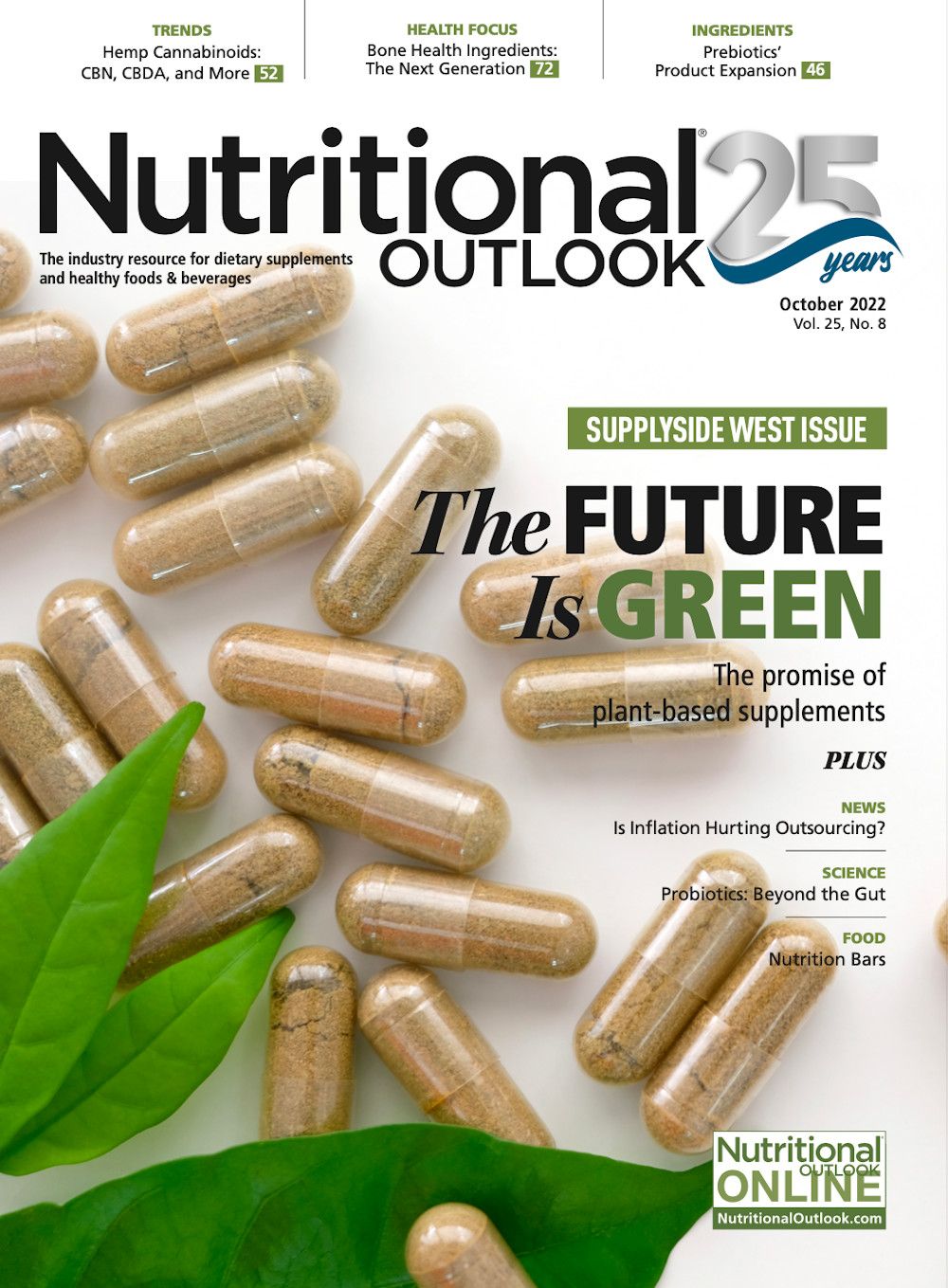
Prinova acquires Aplinova to further increase its footprint in Latin America
April 7th 2025Prinova has recently announced the acquisition of Brazilian ingredients distributor Aplinova, which is a provider of specialty ingredients for a range of market segments that include food, beverage, supplements, and personal care.


